
Ajmer Sharif Dargah
The Ajmer Sharif Dargah is considered to be among the holiest Muslim shrines in India and is also a famous landmark in Ajmer. Khwaja Moin-ud-din Chishti, the Sufi saint from Persia is enshrined here. In keeping with his secular teachings, its doors are open to people of all faiths and religions. Some say that Khwaja Moin-ud-din Chishti believed he was a direct descendant of Muhammad and preached his beliefs to the masses. While on his world travel, he was urged by Muhammad, in a dream, to visit India. He reached Ajmer, via Lahore, and made it his home from 1192 till his death in 1236 AD.
The shrine was built by Mughal King Humayun in honour of this saint. You can step inside the Dargah through a series of massive silver doors that lead into a courtyard where the saint's tomb is centred. Made of marble and gold plating, the actual tomb is guarded by a silver railing and a marble screen. During his reign, Emperor Akbar made a pilgrimage to Ajmer every year. He, as well as Emperor Shah Jahan, built mosques inside the shrine complex. Visitors to the shrine are awed by the atmosphere of peace and serenity that the combined effects of flowers, sweets and burning incense sticks create.
About Dargah Sharif
There is an old saying that worshipers who visit Ajmer Sharif and pray with full faith and loyalty at Dargah will free their souls. Ajmer sharif is a Sufi Dargah, dedicated to Khwaja Moinuddin Chisti. It also hosts 6 days annual festival of “Urs” to celebrate the death anniversary of Moinuddin Chisti. It is located in Rajasthani city of Ajmer in Northern India which has several beautiful tombs, buildings, daalaans and courtyard of Mughal architecture. Various followers of different religion offer flowers, velvet cloth, perfume non-alcoholic at the Dargah.
Ajmer Sharif is a big enclosure consisting of several gates, degscauldrons and mosque, in the addition to the tomb of Moinuddin Chisti.
First gate - Nizam Gate, The first main entrance to Ajmer Sharif which stands at a height of 60 feets was created by Mir Osman Ali Khan in 1911. It was built to protect it from rains.
Second Gate - Shahjahani Gate, This is a second gate which was erected by Shah Japan. It was used in Urs festivals. In front of this gate, vendors sell flowers and beautiful religious sheets for worshipers.
Third gate - Buland Darwaza, The tallest gate which stands 80 feet high is Buland Darwaza, upon which Urs flag is hoisted. It marks the beginning of tomb of Moinuddin Chisti.
Religious Sites in Rajasthan
-
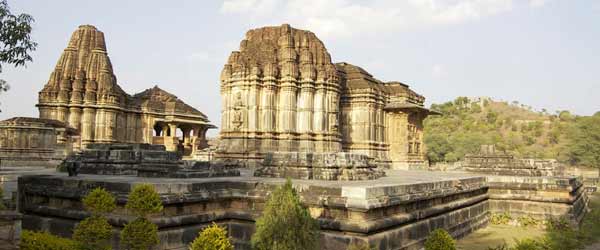
Eklingji Temple
-
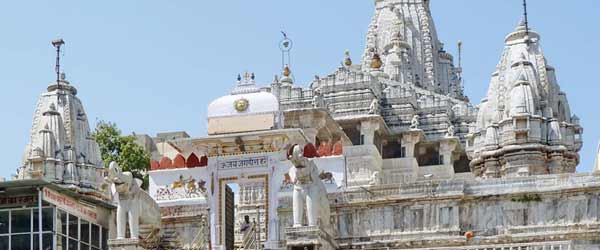
Jagdish Temple
-
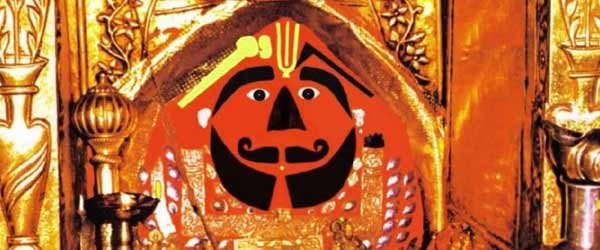
Salasar Balaji Temple
-
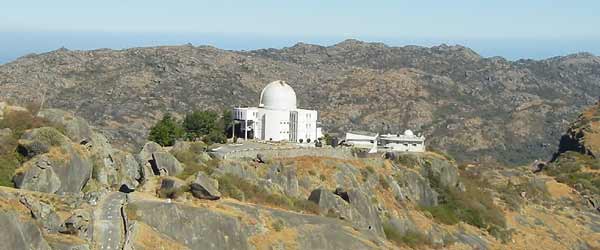
Guru Shikhar
-

Khatu Shyamji Temple
-
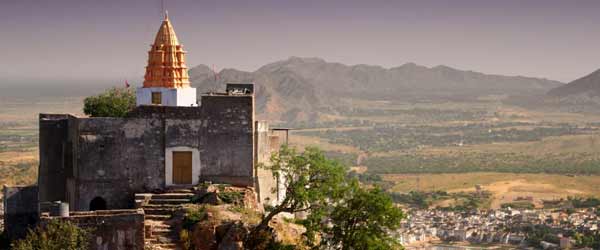
Savitri Temple
-
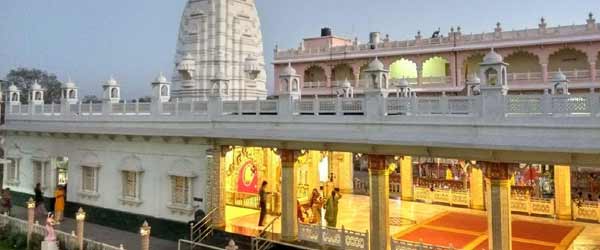
Rani Sati Temple
-
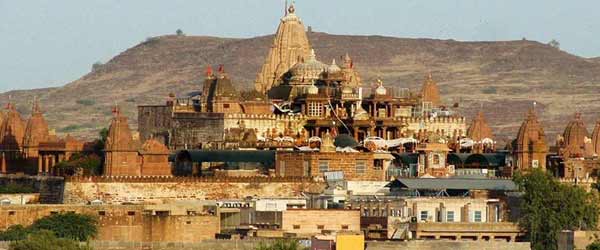
Sachiya Mata Temple
-
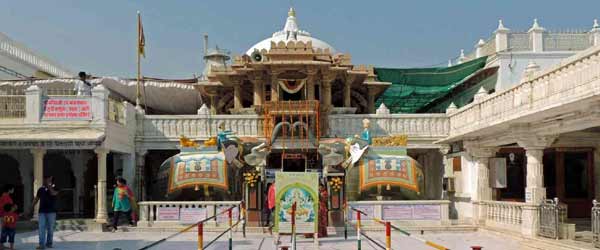
Shri Nakoda Jain Temple
-
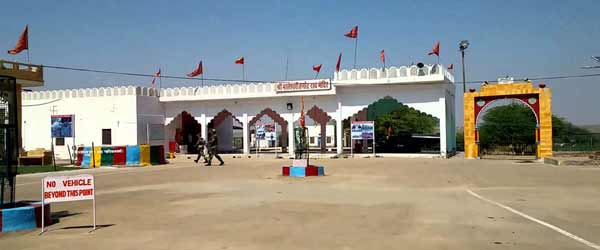
Tanot Mata Temple
-
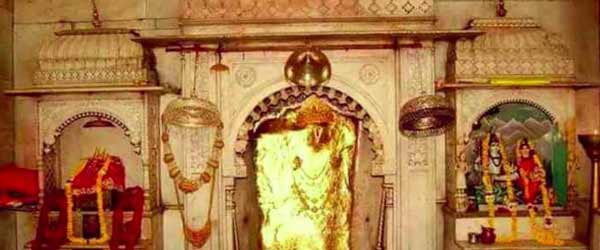
Mehandipur Balaji Temple
-
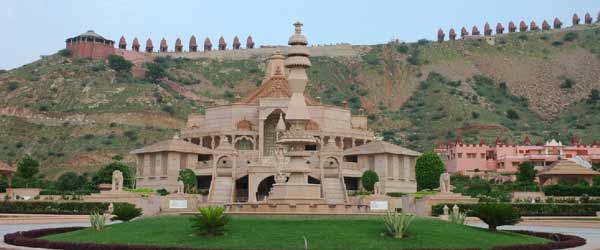
Nareli Jain Temple
-
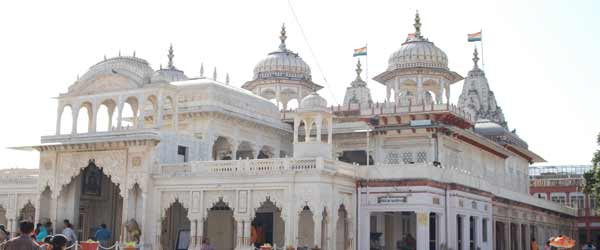
Shri Mahavirji Jain Temple
-
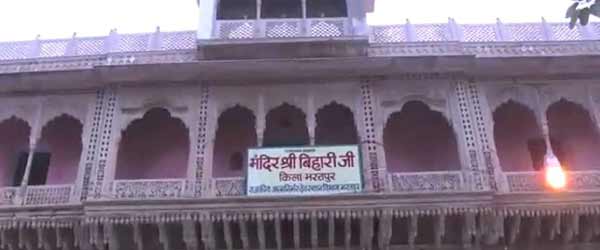
Banke Bihari Temple
-
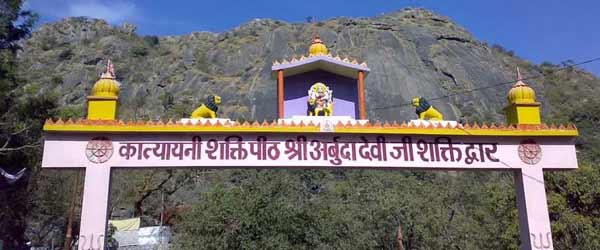
Adhar Devi Temple
-
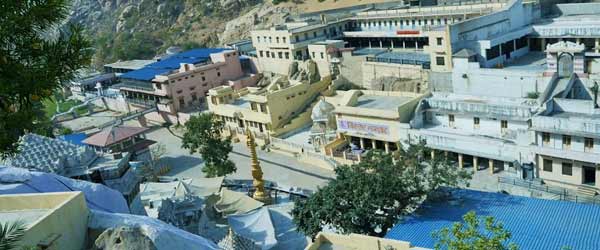
Sundha Mata Temple
-
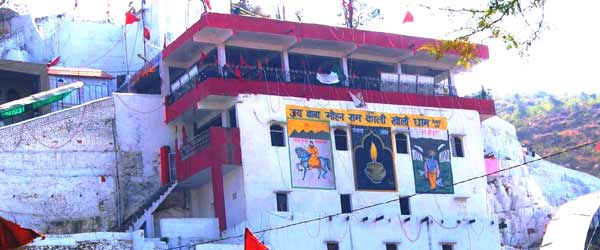
Baba Mohan Ram Temple
-
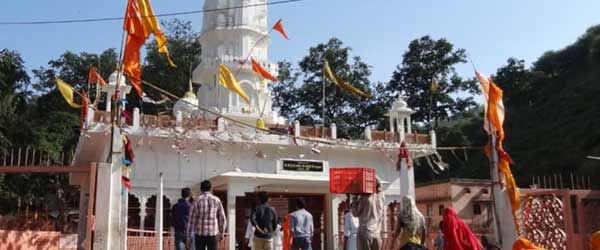
Bhartrihari Temple Alwar
-
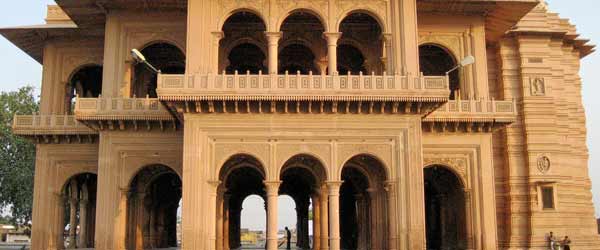
Laxman Mandir Bharatpur
-
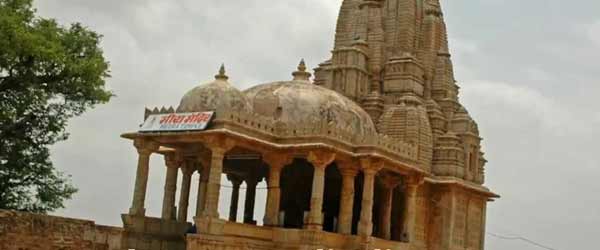
Meera Bai Temple
-
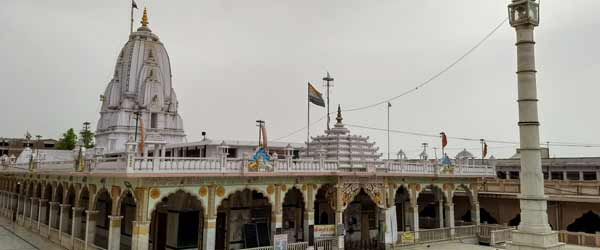
Tijara Jain Temple Alwar
-
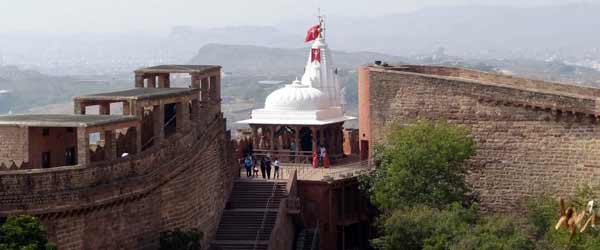
Chamunda Mataji Temple
-
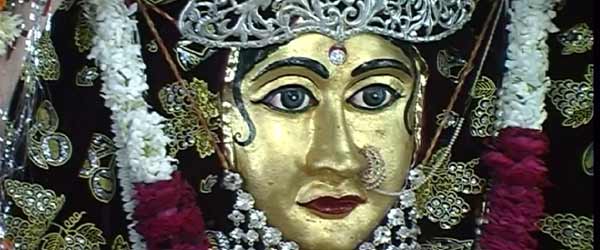
Santoshi Mata Temple
-
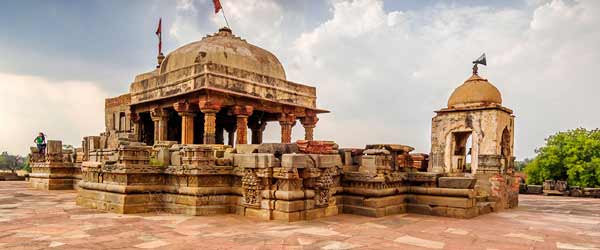
Harshat Mata Temple
-
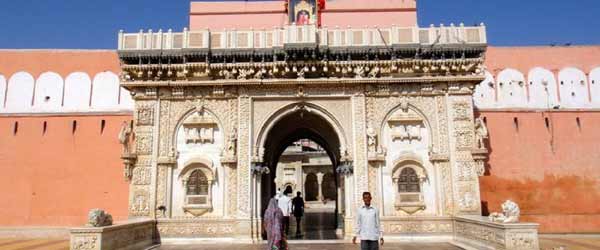
Karni Mata Temple
-
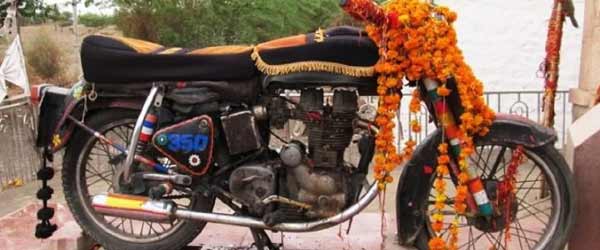
Bullet Baba Temple
-
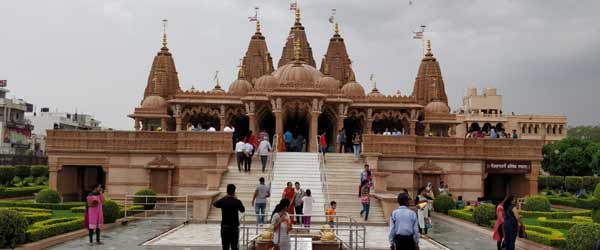
Akshardham Temple Jaipur
-
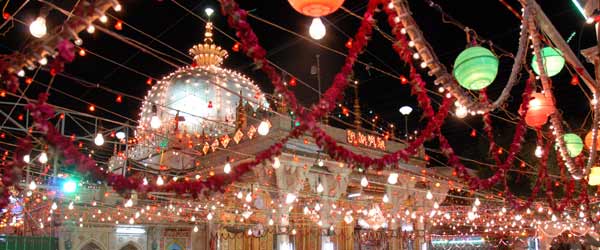
Ajmer Sharif dargah
-
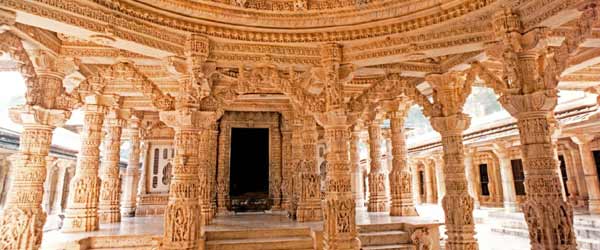
Dilwara Temple
-
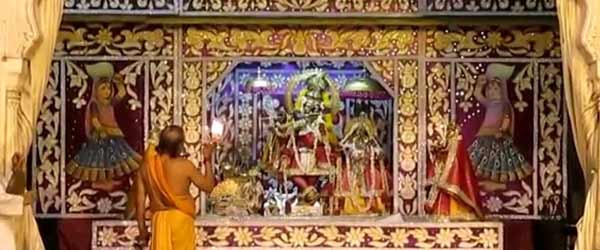
Govind Devji Temple
-
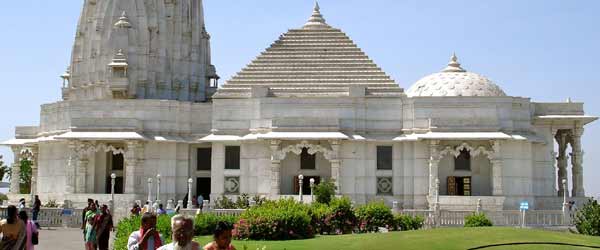
Birla Mandir
-
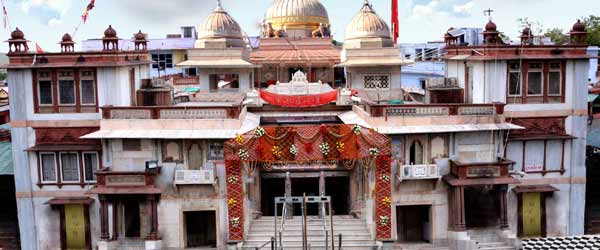
Kaila Devi
-
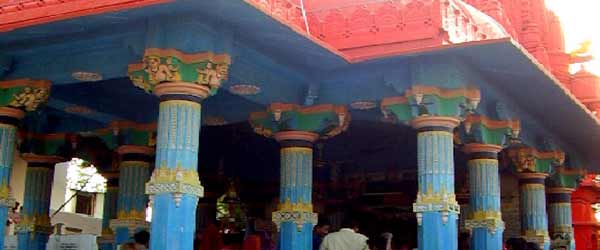
Brahma Temple
-

Ranakpur Jain Temple
-
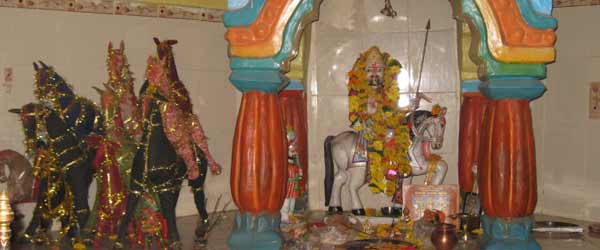
Sri Ramdevji Temple
-
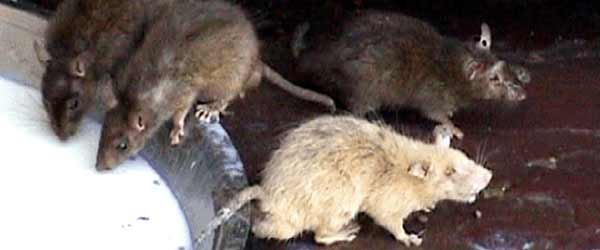
Deshnok Temple
-
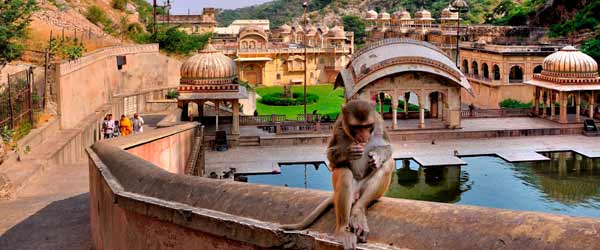
Galtaji Temple
-
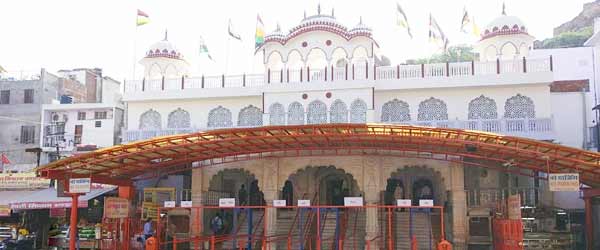
Moti Doongri Temple
-
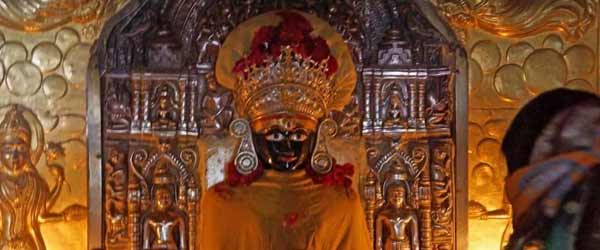
Parshvanath Temple Nakoda
-
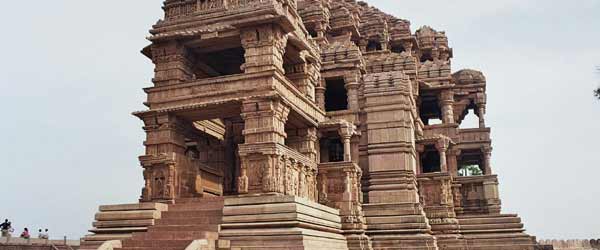
Sahastra Bahu Temple
-
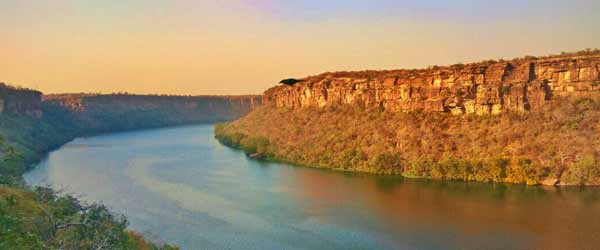
Garadia Mahadev Temple
-
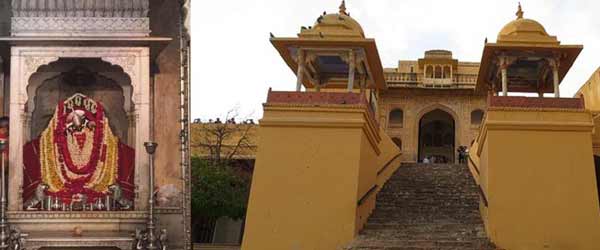
Shila Devi Temple, Jaipur
-
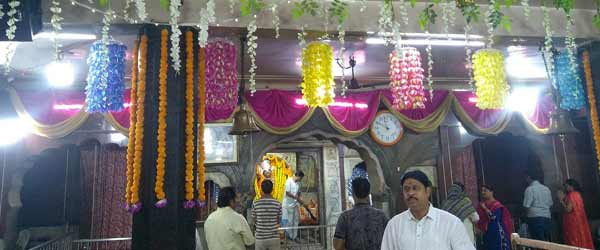
Kale Hanuman Ji Temple
-
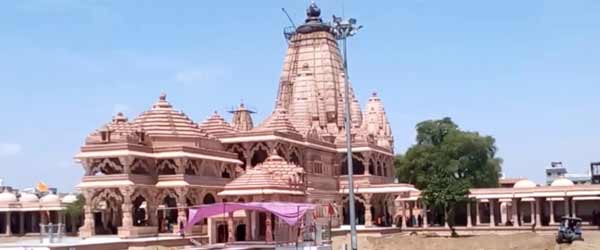
Sanwaliya Seth Temple
-
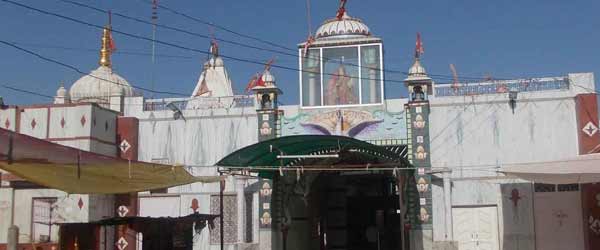
Brahmani Mata Temple
-
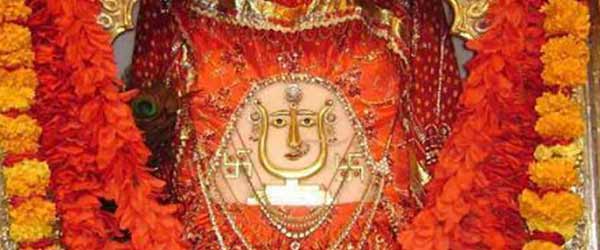
Jeen Mata temple
-
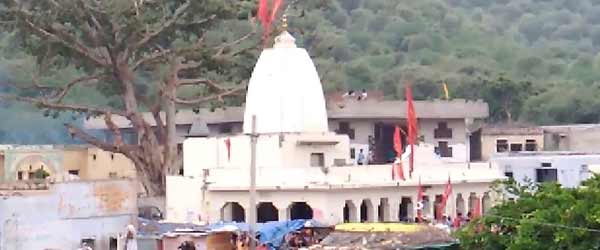
Narayani Mata Temple
-
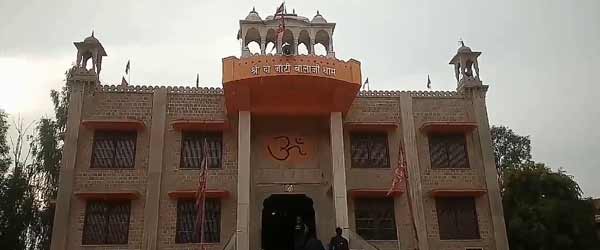
Shri Do Janti Balaji Dham
-
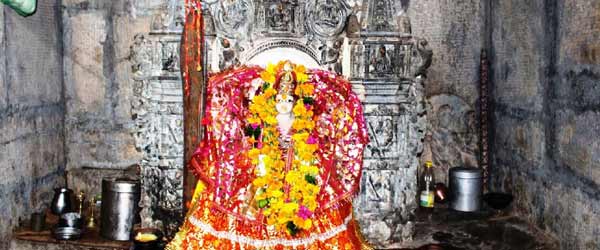
Ambika Mata Temple
-
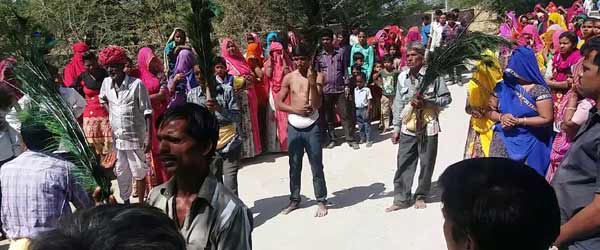
Avari Mata Temple
-
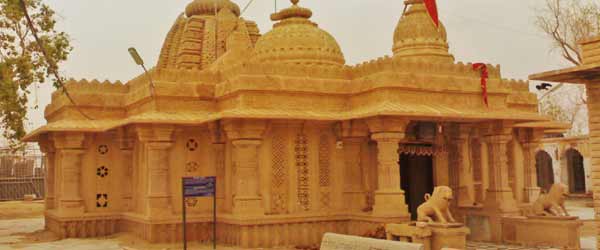
Dadhimati Mata Temple
-
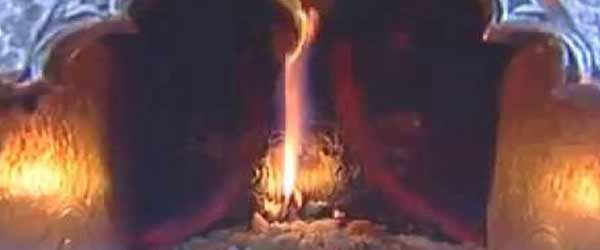
Jajwala Mata Temple
-
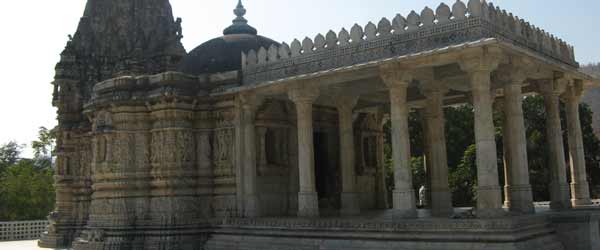
Surya Narayan Temple
-
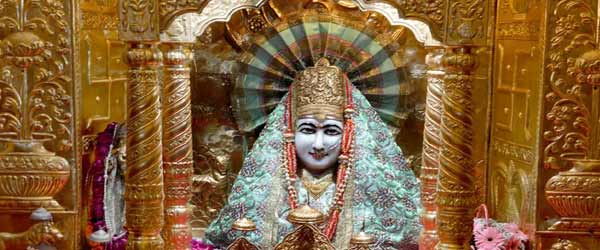
Mansa Mata Mandir
-
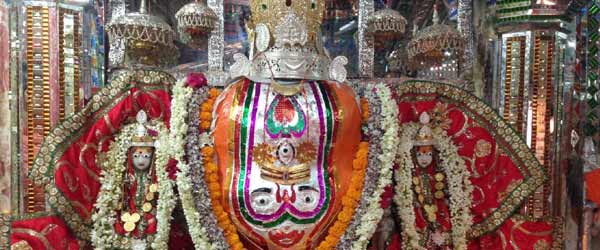
Trinetra Ganesh Temple
-
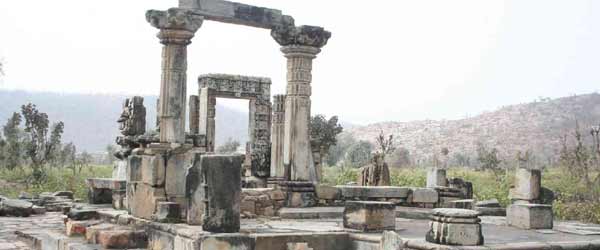
Neelkanth Temple, Alwar
-
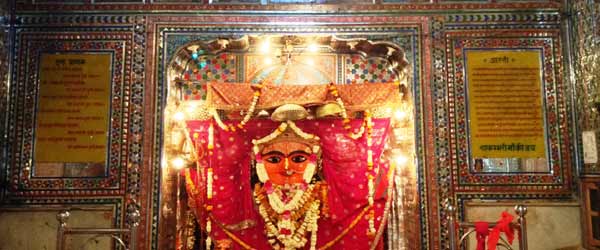
Shakambari Mata Mandir
-
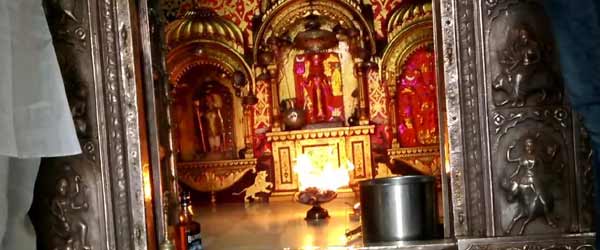
khurad mataji mandir
-
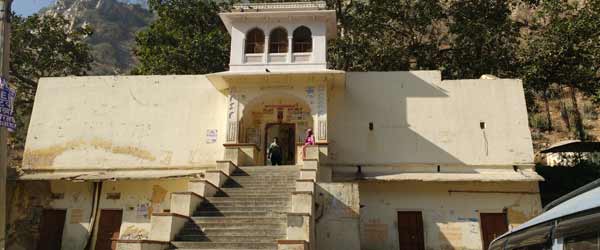
Jamway Mata Temple
-
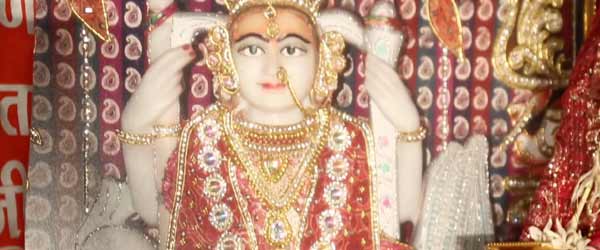
Ban Mata Temple
-
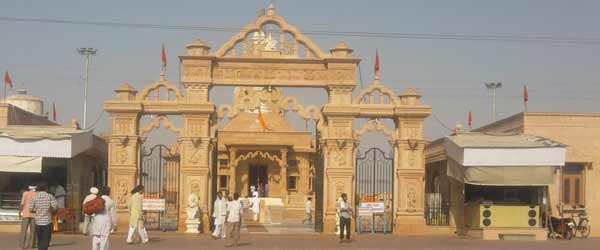
Ichchha Puran Balaji Mandir
-
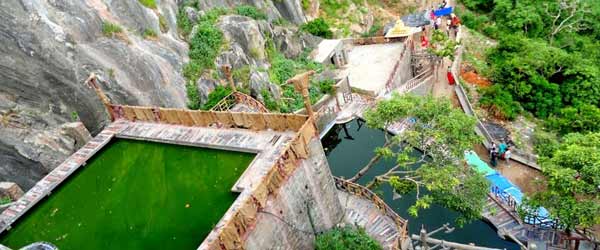
Parshuram Mahadev Temple
-
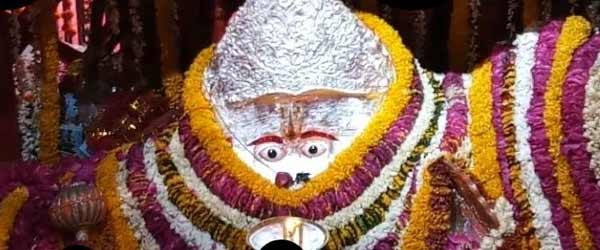
Pandupol Hanuman Ji Mandir
-
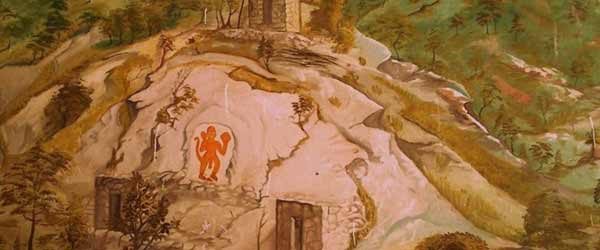
Khole Ke Hanuman JI Temple
 +91 9549279999
+91 9549279999 
